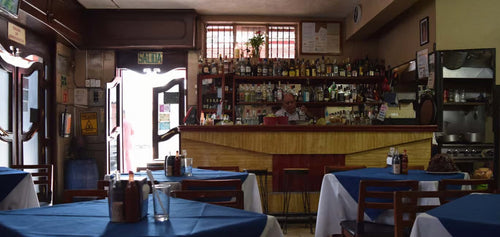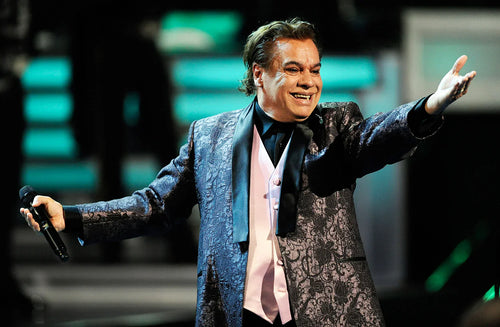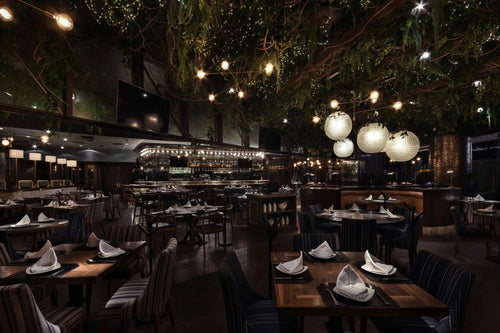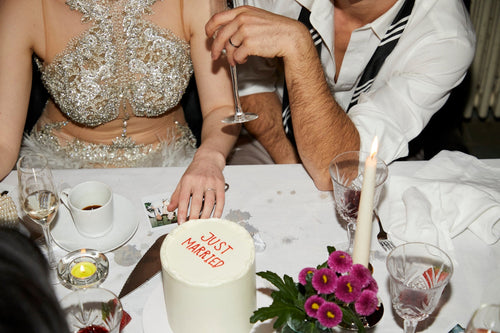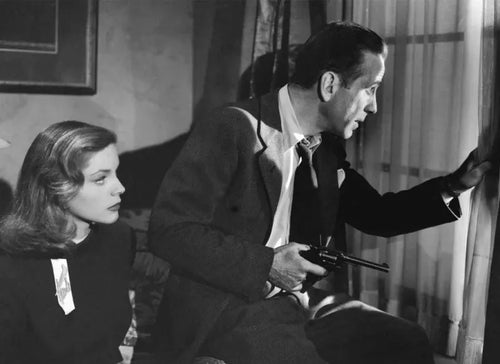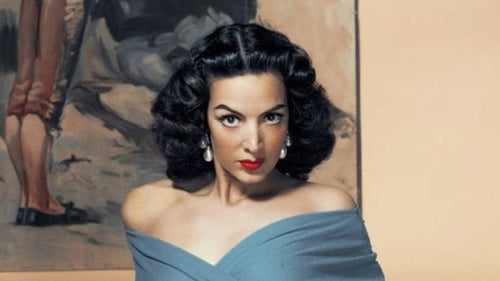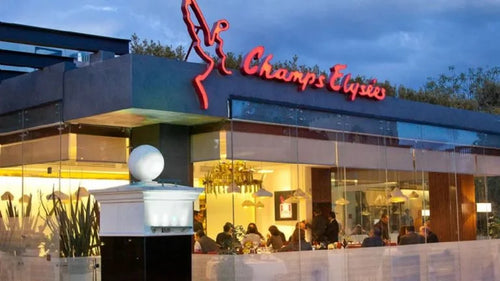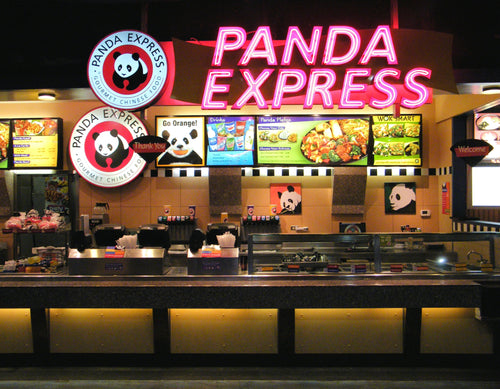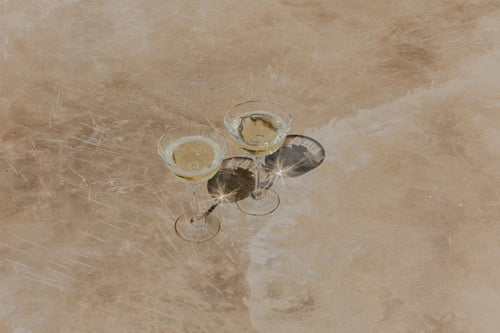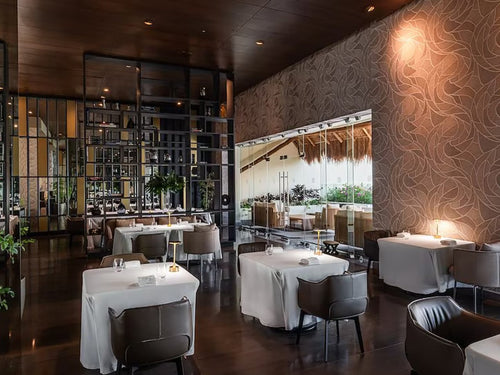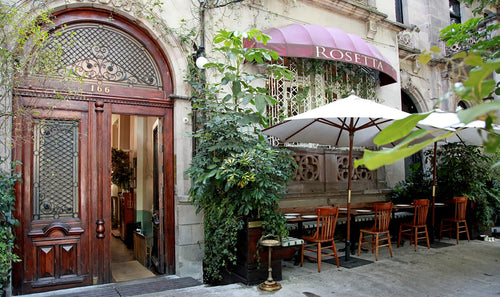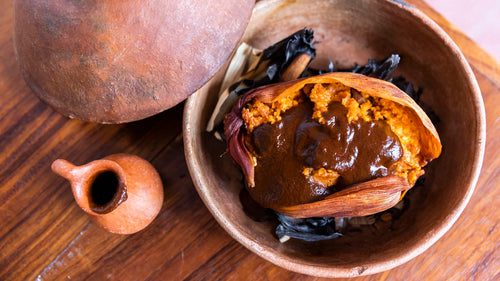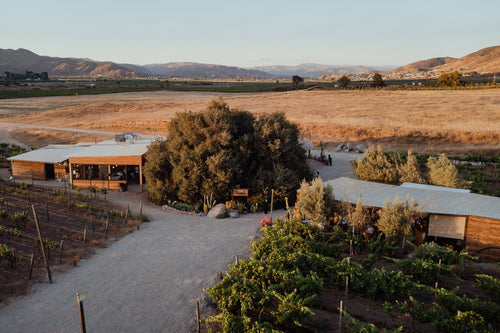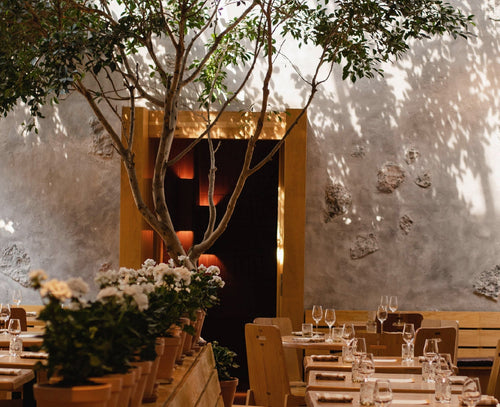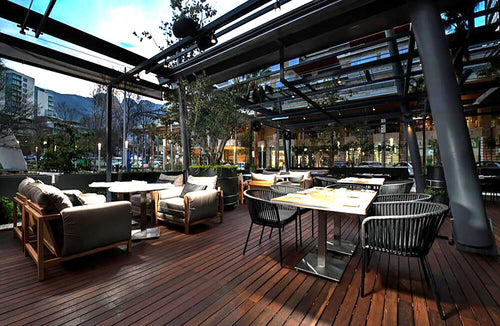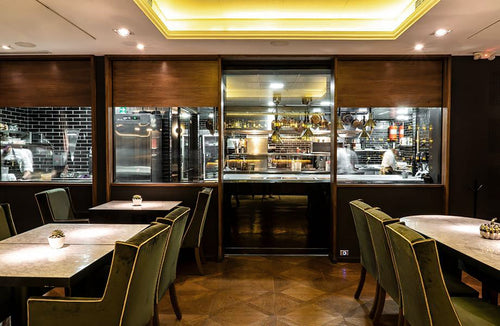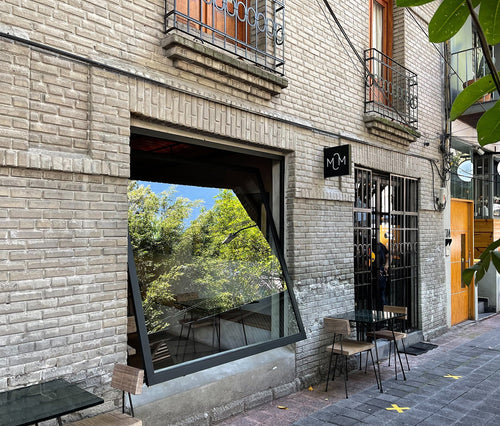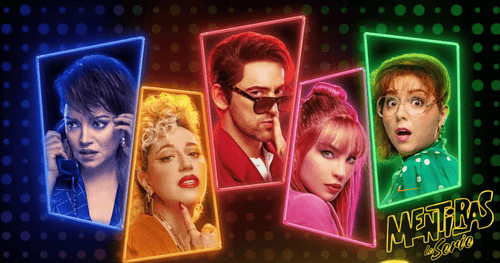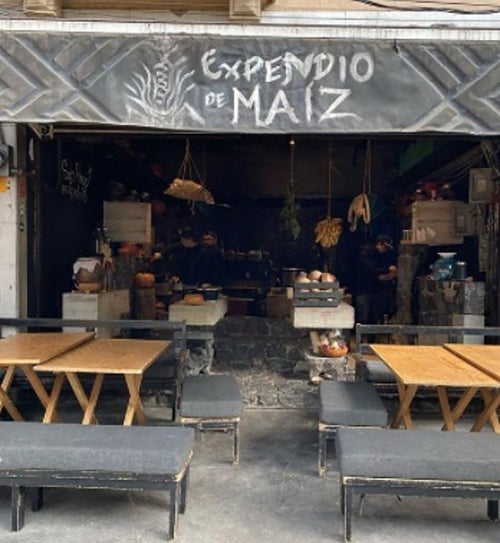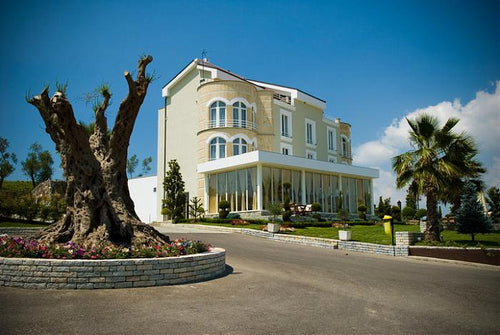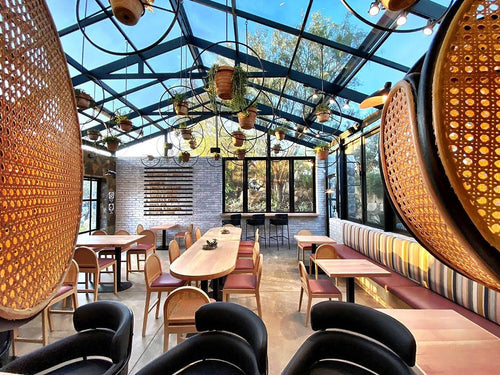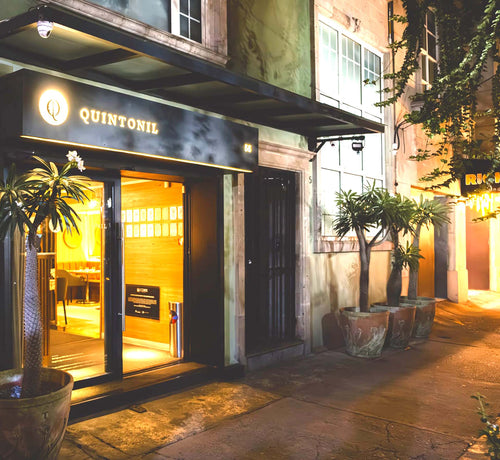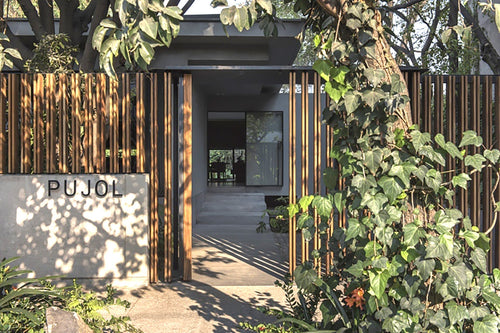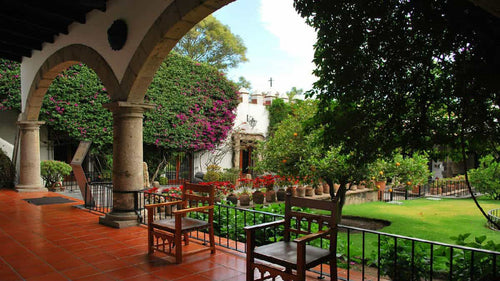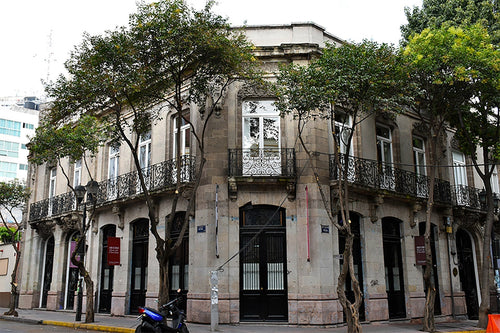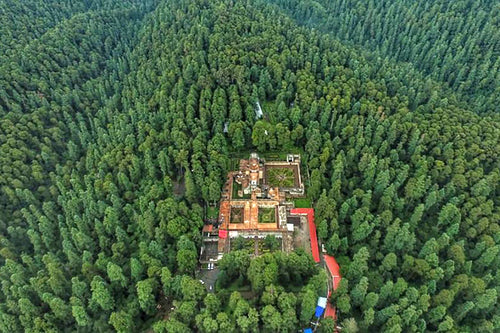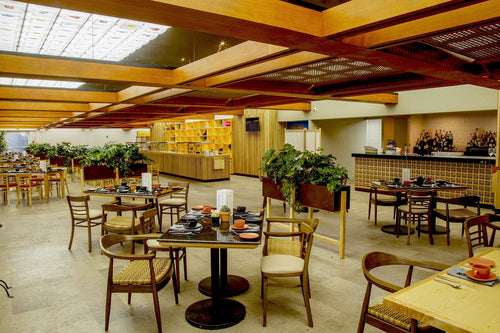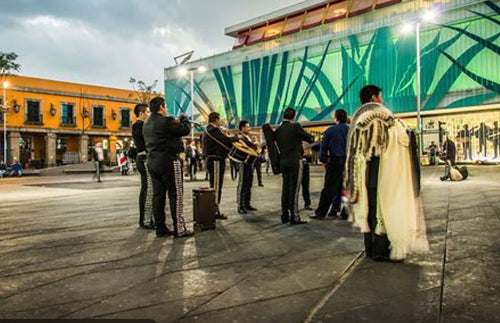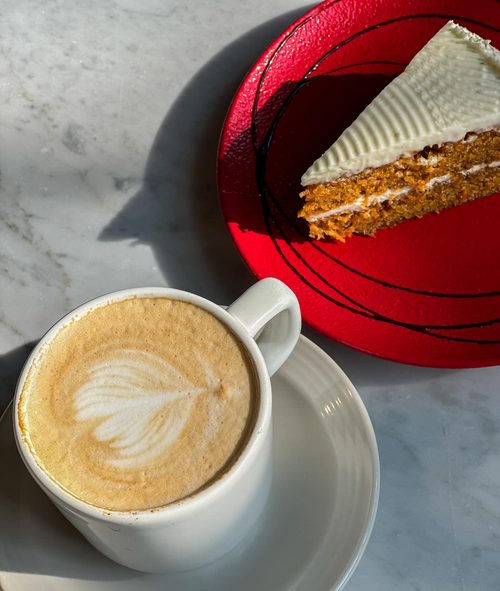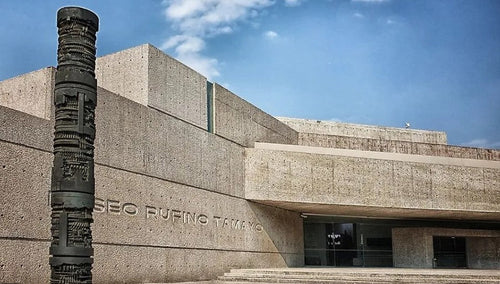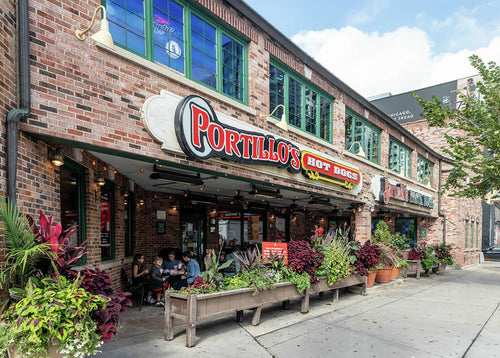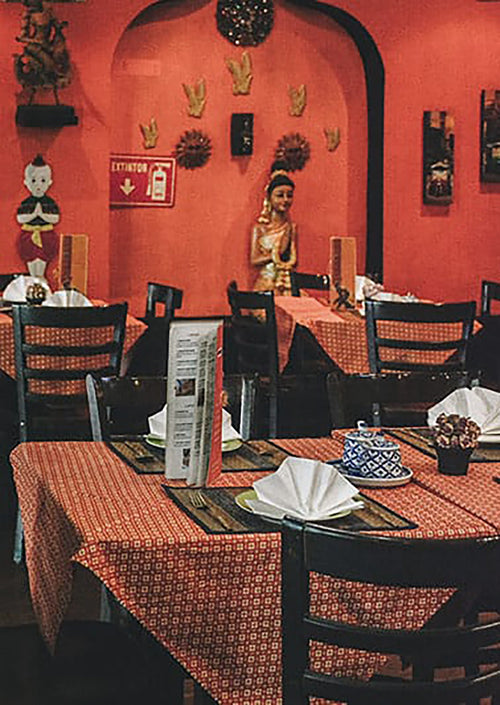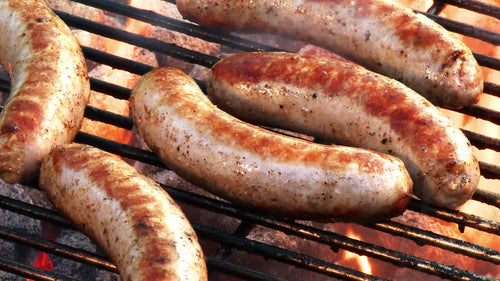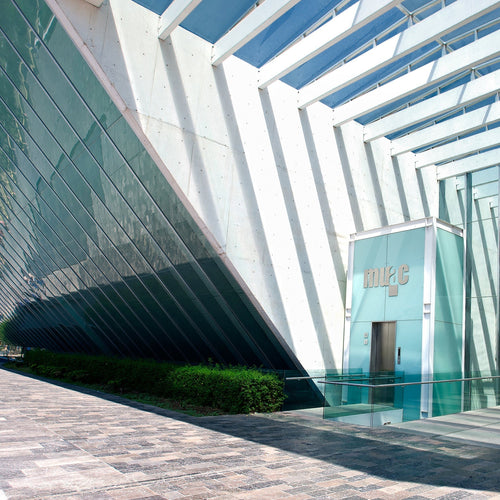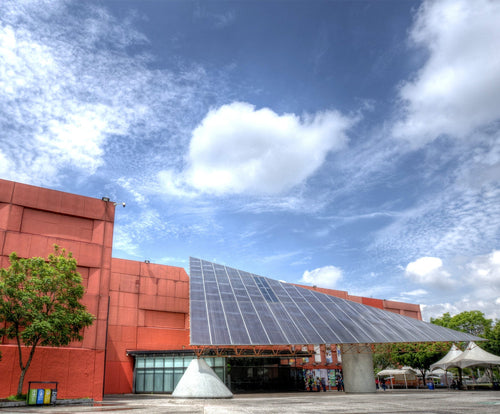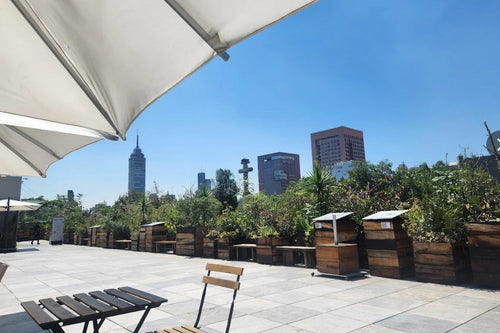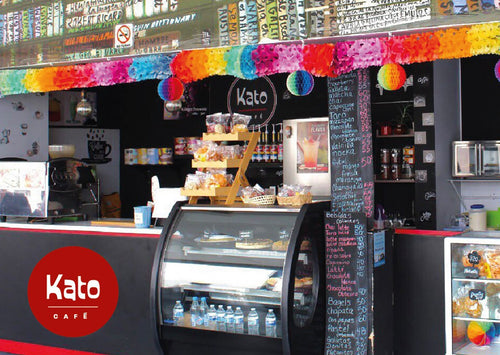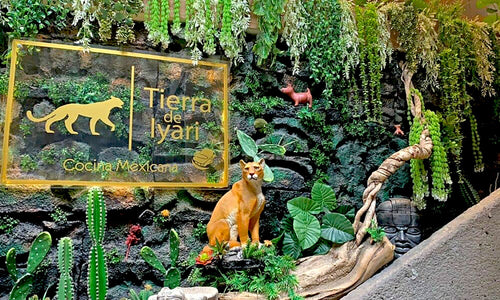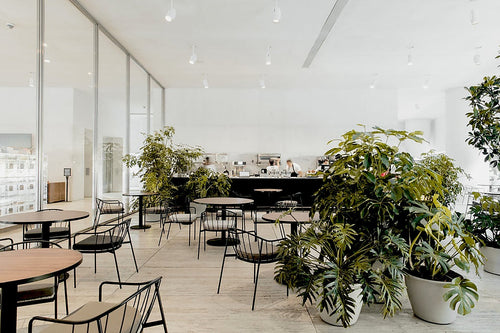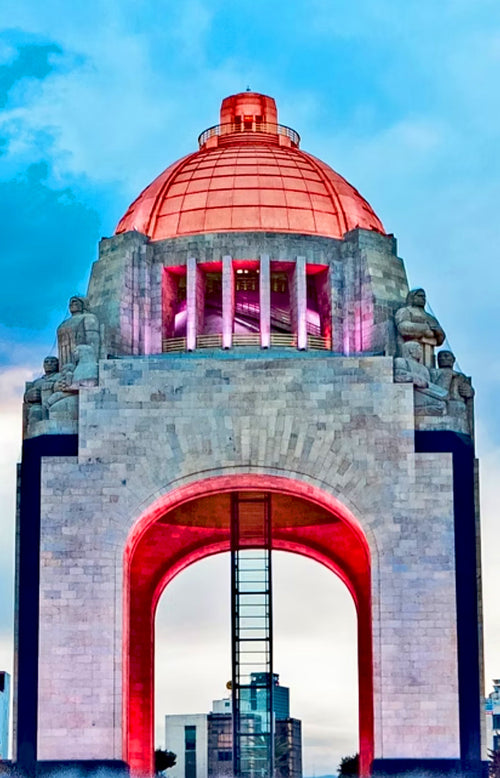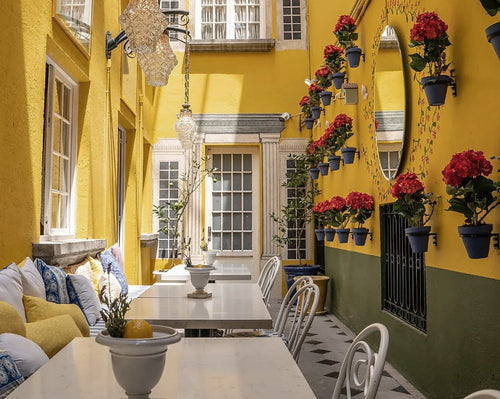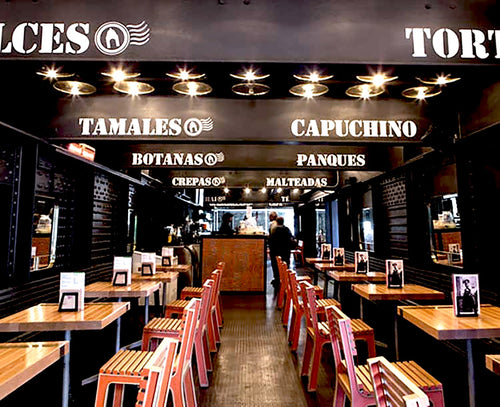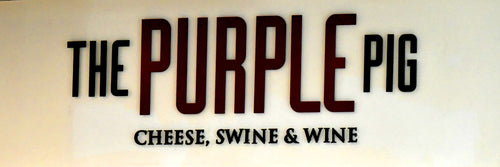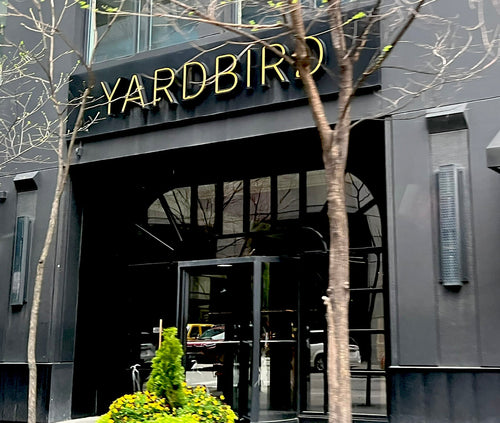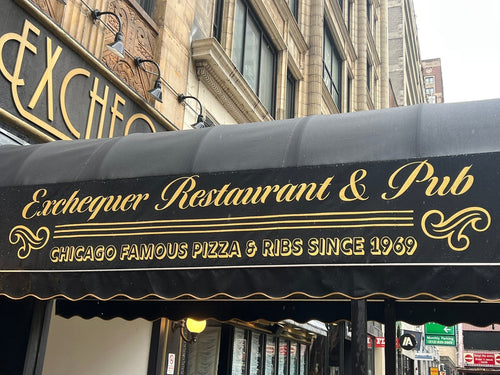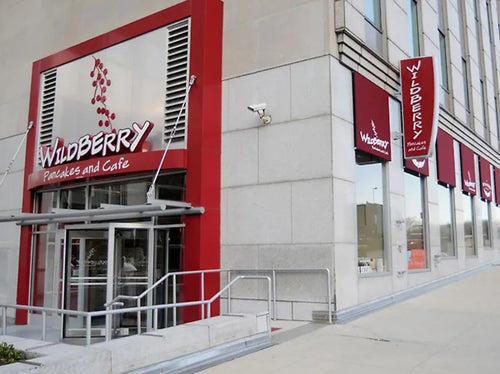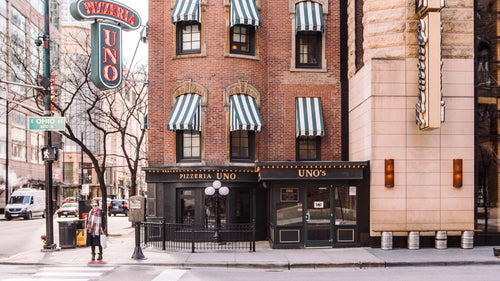Bygone Places in Mexico City / Cabaret El Burro: A Major Hit in the 1940s and 1950s
Its façade was legendary: a giant donkey, and to enter, you had to walk between its legs
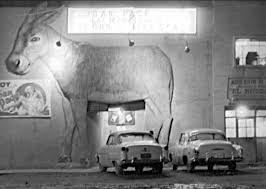
By Alejandro Pohlenz
“Cabaret El Burro presents every night the dazzling Crystal Doll: Gema… and the world-famous ventriloquist Tony Pares…” This was one of the posters advertising the shows at this nightlife hotspot in Colonia Obrera, inaugurated on March 30, 1934 (my father was born in 1932).
The Highlights
Accounts say the cabaret’s golden moments were between 1940 and 1955—coinciding with the Golden Age of Mexican cinema (1936–1957), fueled in part by World War II and the slowdown in Hollywood production. In 1940, Lázaro Cárdenas left the presidency and Manuel Ávila Camacho took office.
Eduardo Romero recalls that El Burro was “in the vice belt of those times,” alongside other famous spots like Balalaika, Los Infiernos, and Barba Azul. Cabarets stayed open until 6 a.m.—until the notorious Regente Uruchurtu arrived to impose order (1952–1966).
The Rumberas Cinema
El Burro even had family-friendly hours (likely with tamer shows). Its slogan was: “It costs little to have a lot of fun.” Rumor has it Agustín Lara and María Félix performed there (I’d take that with a grain of salt). It’s well-documented, however, that El Burro served as a stage for many rumbera films. The rumberas were women who “worked in cabarets as exotic dancers or prostitutes.”
Accounts differ on how the chorus girls and dancers entered the stage: some say via a staircase, others via a slide.
Decline and Closure
The exact date of its disappearance is unclear. Today, a rather worn apartment building stands where El Burro once entertained crowds. I suspect it was built in the early 1960s.
Address: Porfirio Parra 35, near the corner with José T. Cuellar, Colonia Obrera, Mexico City, Mexico
Permanently Closed




